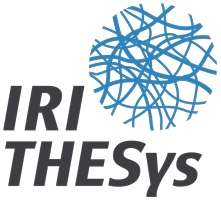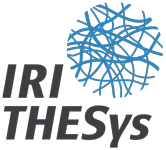Past Project
Climate fluctuations influence water resources in semi-arid regions in Central Asia, e.g. the Tien-Shan Mountains where water is largely supplied by snowmelt, thawing permafrost and glacial runoff from high-mountain catchments. Changes in precipitation and temperature influence irrigation for settlements both temporally and quantitatively.
The project focuses on combined physical modelling of relevant components for future water resources that are relevant for hydrological planning. The project aims at creating a toolbox with a graphical user interface allowing qualified staff to generate hydrological projections that can be supplied to administrations and regional consulting. The main objectives are the development of modeling strategies and calibration based on field observations within three catchments in Kyrgyzstan located in the At-Bashy range and the Issyk-Kul oblast. The project combines a choice of glacial melt models (a simple degree-day model and the distributed COSIPY model) with the semi-distributed hydrological model HBV and uses downscaled re-analysis data (e.g. ERA5 Land) and climate projection data (e.g. CMIP-6) to force the modeling setup. Based on climate change induced modifications of glacial configurations, we can evaluate regime shifts in the hydrological cycle related to climate change.



